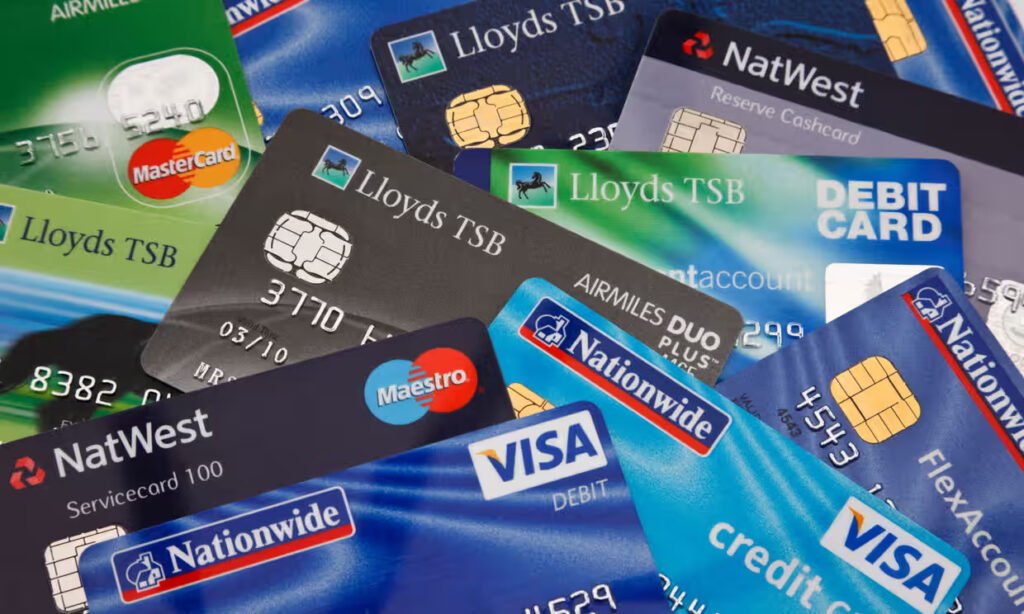Banking cards have transformed the way we manage our money. From buying a cup of coffee to paying bills, these small pieces of plastic and metal simplify daily life. Over the years, banking cards have evolved to offer greater convenience, security, and efficiency. Let’s explore how different types of banking cards—debit, credit, prepaid, and contactless—have changed everyday payments and how each one benefits its users.
The Power of Debit Cards: Easy Access to Your Money
Debit cards are one of the most widely used payment methods. They allow you to access your bank account funds directly, making them an excellent choice for managing daily expenses. When you use a debit card, the money is deducted from your account almost instantly, ensuring you spend only what you have.
This feature is particularly helpful for budgeting. By keeping track of your spending in real-time, you can avoid the temptation of overspending. Additionally, many banks now offer rewards for debit card transactions, such as cashback or discounts on purchases, further adding value for everyday users.
People often wonder about the difference between ATM cards and debit cards, when it comes to card options. While both can be used to withdraw cash, debit cards go beyond that by allowing point-of-sale purchases, online payments, and even subscription services. This versatility makes them indispensable in today’s fast-paced world.
Credit Cards: More Than Just a Payment Tool
Credit cards have revolutionized how people approach spending. Unlike debit cards, credit cards allow you to borrow money from your card issuer for purchases, with the understanding that you’ll pay it back within a specified period. This makes them an excellent choice for emergencies or large purchases when you may not have enough cash on hand.
The benefits of credit cards extend beyond their borrowing capability. Many offer rewards programs, including travel points, cashback, and discounts on dining and shopping. Additionally, credit cards provide enhanced consumer protection, such as fraud liability coverage and extended warranties on purchases.
However, responsible use is key. Credit cards can lead to financial strain if balances aren’t paid in full. Used wisely, they can boost your credit score and offer financial flexibility.
Prepaid Cards: Budget-Friendly and Secure
Prepaid cards provide a unique solution for individuals who want to enjoy the benefits of a card without linking it to a bank account or line of credit. You load a specific amount of money onto the card, and you can spend up to that limit. This makes prepaid cards ideal for those who want to control spending or provide a secure option for children or teens.
These cards are also popular for online shopping because they reduce the risk of exposing your primary bank account to potential fraud. Prepaid cards are easy to obtain, and they don’t require a credit check, making them accessible to a wide audience.
Another key benefit of prepaid cards is their global usability. Many prepaid cards are accepted internationally, making them a convenient choice for travelers who want to avoid carrying large amounts of cash.
Contactless Cards: The Future of Payments
Contactless cards have redefined payment speed and convenience. With just a tap or a wave near a compatible terminal, you can complete transactions in seconds. This technology uses NFC (Near Field Communication) to securely transmit payment details, eliminating the need to swipe or insert your card.
The advantages of contactless payments are clear. They save time during busy moments, such as commuting or grabbing a quick lunch. They also reduce physical contact, a feature that gained popularity during the COVID-19 pandemic. Security measures, such as transaction limits for tap payments, provide an added layer of safety.
In addition to traditional plastic cards, some banks offer metal contactless cards for a premium feel. As more merchants adopt contactless terminals, these cards are quickly becoming the standard in the payments industry.
Comparing Banking Cards: Which One Is Right for You?
Choosing the right banking card depends on your financial habits and goals. If you prioritize budgeting and instant access to your funds, a debit card might be your best bet. For those who value rewards and flexibility, credit cards offer unmatched benefits. Prepaid cards are perfect for controlled spending or specific purposes, while contactless cards cater to those who want fast and secure transactions.
It’s not uncommon for individuals to use a combination of these cards to meet different needs. For example, you might use a credit card for travel expenses to earn points, a debit card for groceries to stick to a budget, and a prepaid card for online subscriptions.
Banking Cards: A Tool for Everyday Life
In today’s digital world, banking cards are more than just payment tools; they are essential financial instruments. They simplify transactions, enhance security, and offer tailored benefits to suit diverse lifestyles. By understanding the unique advantages of each card, you can make smarter financial choices and enjoy a seamless payment experience.
Whether you’re tapping your contactless card at a coffee shop or using your credit card to book a vacation, banking cards have made everyday payments faster and easier than ever before. Choose the card—or combination of cards—that best aligns with your needs, and let the convenience of modern banking simplify your life.

